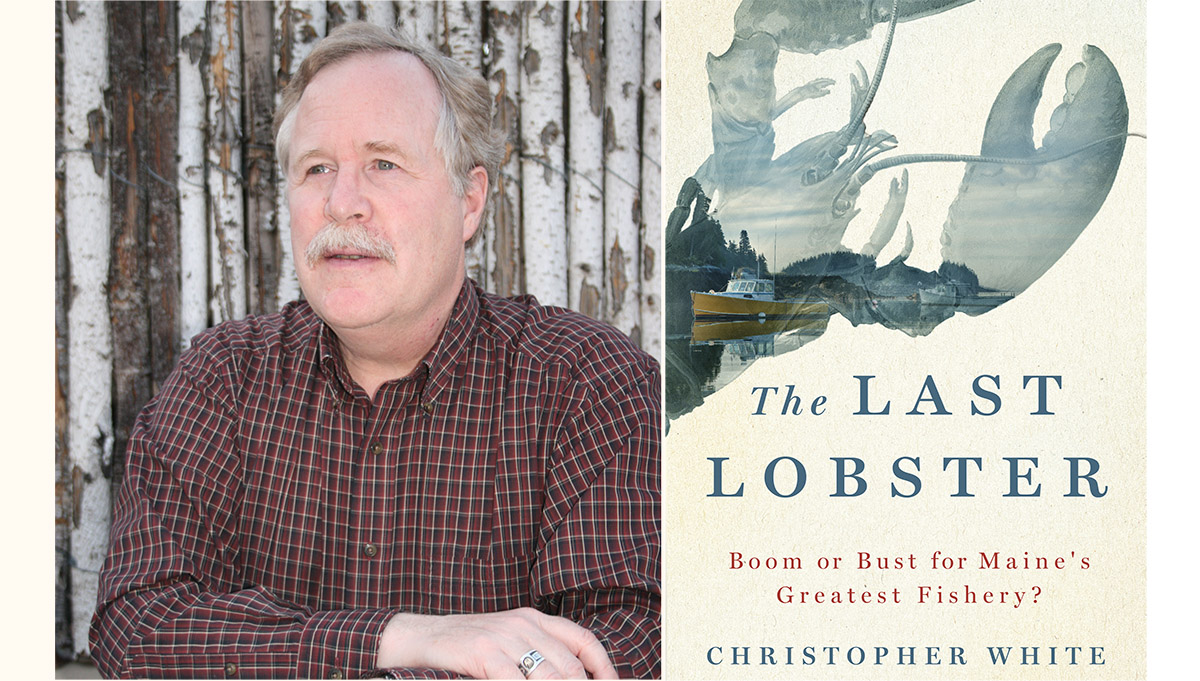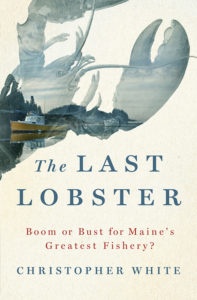The NEW YORK TIMES Book Review of The Last Lobster
October 7, 2018 (p. 26)
The Shortlist / Tales from the Sea / By Duncan Strauss
THE LAST LOBSTER
Boom or Bust for Maine’s Greatest Fishery?
By Christopher White
240 pp. St. Martin’s, ISBN 978-1-250-08085-1
$26.99

[Christopher] White, an environmentalist and science writer, provides a guided tour of the plucky subculture of Maine lobstermen, embedding with three Stonington-based lobster captains: Frank Gotwals, his stepson Jason McDonald and Julie Eaton, one of the still-rare female skippers, as they tend their traps, hang out at home, attend local events and otherwise go about their days.
As he describes life in a small lobstering village, White also examines what could be called the Lobster Lotto. Maine lobstermen have landed colossal catches in recent years, six times those of three decades ago. (This isn’t completely good news, since it’s driven down the price of lobster.) Though a definitive explanation for these giant hauls proves elusive, marine biologists point to likely causes: the diminished number of lobster predators and climate change, which has warmed the water. But lobsters are cold-water animals, and while a slight uptick in ocean temperature has spurred their growth, further increases will likely drive them further north. It’s not out of the question that the Maine lobster industry will end up somewhere on the Canadian coast. An industry-shattering bust could be just around the corner.

